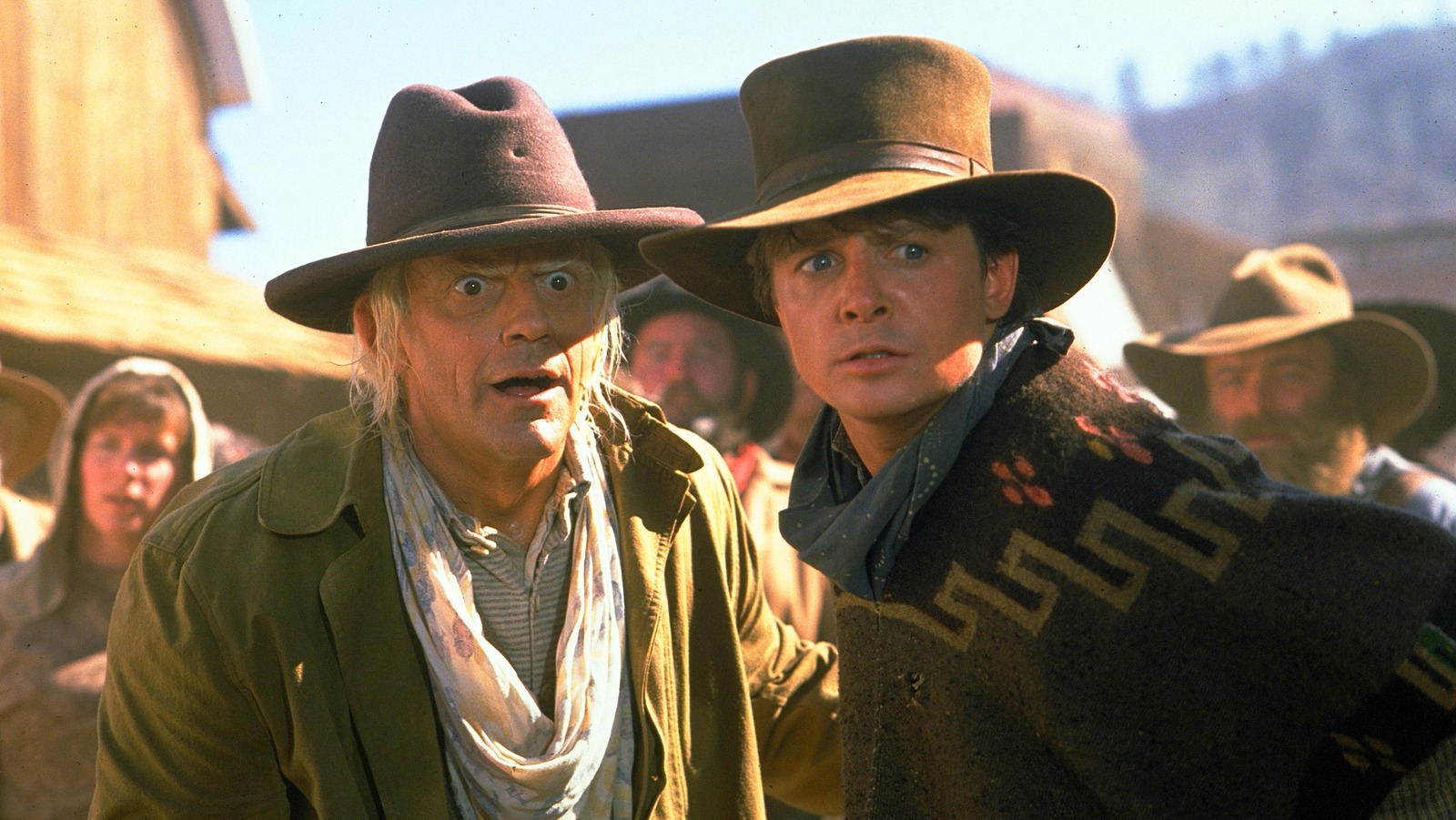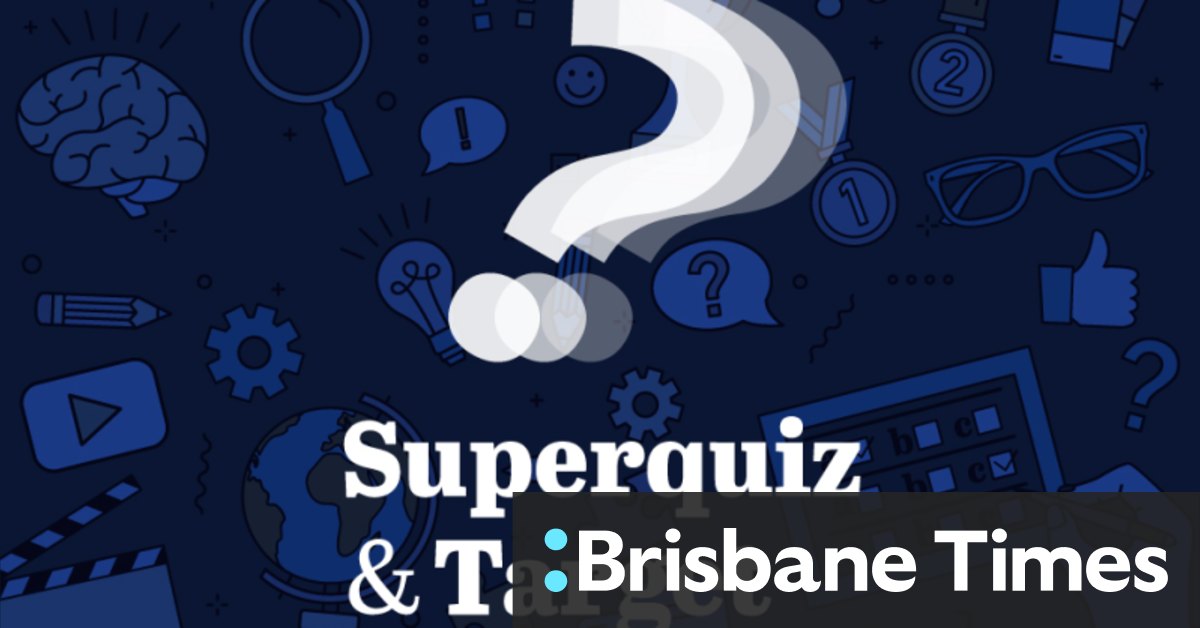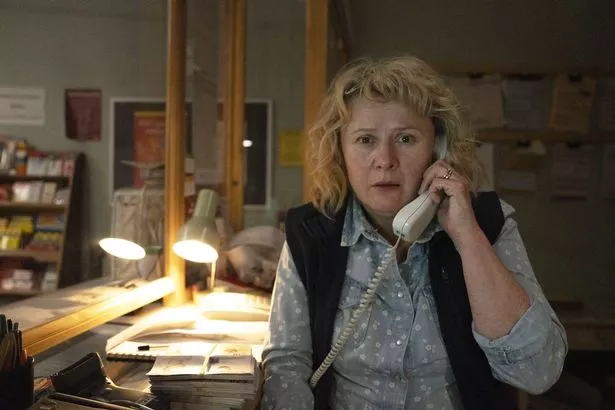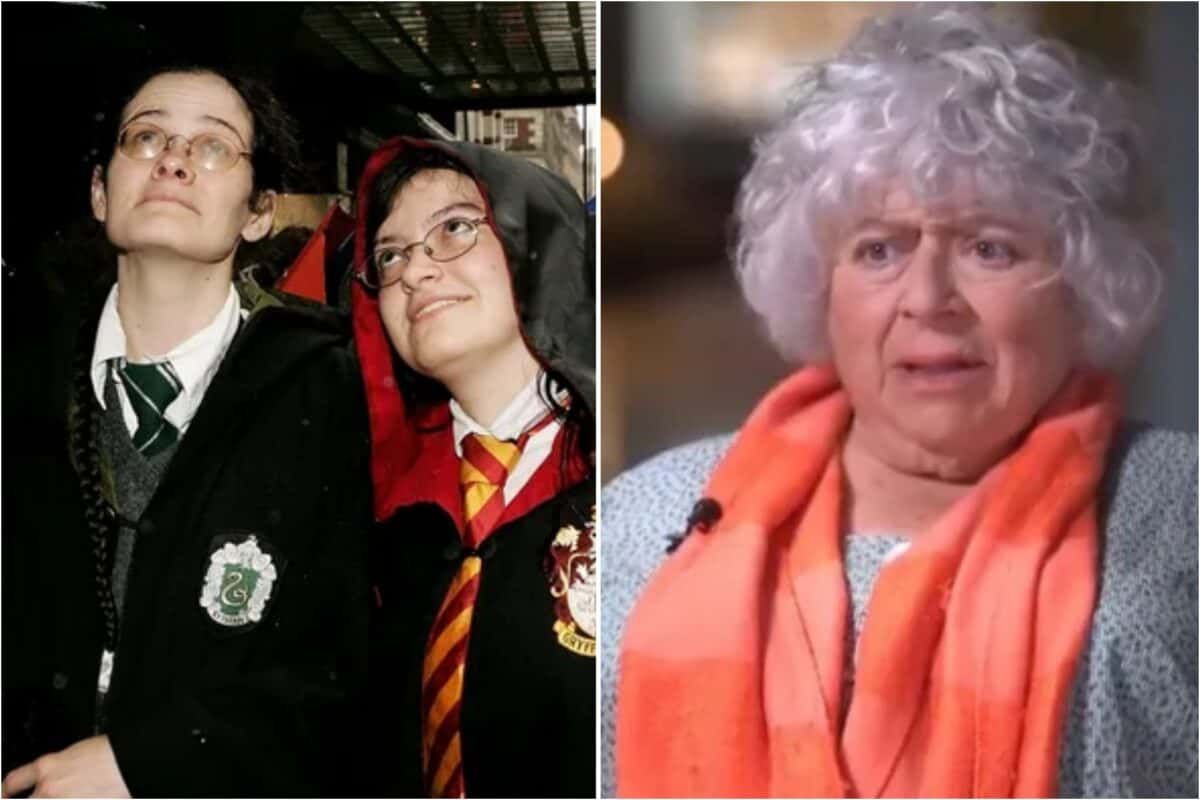
10 Best Movies Split Into Two Parts – Looper
We live in an age where movies just keep getting longer, and while that allows for some exciting adventures, sometimes one movie isn’t enough. We’re not talking about traditional sequels here, but rather instances where one story was split across two separate films, oftentimes shot back-to-back as a result.
Two-part features have become all the rage in recent years, with action flicks like “Mission: Impossible — Dead Reckoning,” superhero movies like “Spider-Man: Across the Spider-Verse,” and sci-fi epics like “Dune” all splitting their narratives in half. Heck, even the upcoming “Wicked” adaptation is set to be a two-parter. But with so many movies extending themselves in this way, which ones are actually worth the watch?
Not every movie needs to be told in two parts, just like how not every movie needs a sequel, but these are some of the best in the business. If you’re looking for some great two-part movies to partake in (and don’t want to commit to a full trilogy), then these are the ones for you.
Avengers: Infinity War and Avengers: Endgame
 Marvel Studios/Disney
Marvel Studios/Disney
The finale of the Marvel Cinematic Universe’s “Infinity Saga” was bound to be big, and when “Avengers: Infinity War” was first announced, it was deemed a two-parter, originally titled “Avengers: Infinity War Part 1′ and “Part 2.” But, somewhere along the way, Disney and directors Anthony and Joe Russo decided that they wanted to give their two “Avengers” flicks separate titles, and thus they were retooled as 2018’s “Avengers: Infinity War” and 2019’s “Avengers: Endgame.”
Though the last two “Avengers” movies aren’t called “Part 1” and “Part 2,” they certainly behave as such. “Infinity War” centers around Thanos’ (Josh Brolin) journey to attain the Infinity Stones from Earth’s Mightiest Heroes, while “Endgame” refocuses on the original six Avengers as they relive their greatest (and not-so-greatest) hits from the previous 10 years, all to collect the stones for themselves to restore what Thanos had destroyed. Rounding out the stories of Iron Man, Captain America, Black Widow, and others, you can’t ask for much more from an MCU finale like this.
There’s no doubt that “Infinity War” and “Endgame” are two of the greatest superhero movies of our time. This two-parter unites an entire universe and climaxes in a battle sequence unparalleled by any comic book movie. These “Avengers” movies not only received Oscar nominations for their visual effects, but both became some of the highest-grossing films of all time, each taking away over $2 billion at the box office. The Avengers assembled, indeed.
Harry Potter and the Deathly Hallows: Parts 1 and 2
 Warner Bros. Pictures
Warner Bros. Pictures
Adapting the seventh and final book (sort of) of J. K. Rowling’s “Harry Potter” series, the two-part “Harry Potter and the Deathly Hallows” brings a finale to the film series that had fans bawling their eyes out in the theater. The final adventure of Daniel Radcliffe, Rupert Grint, and Emma Watson as the wizarding trio of Harry, Ron, and Hermione, “Deathly Hallows” is one of the most emotionally intense installments in the “Harry Potter” series.
Chronicling the final battle against Voldemort and the Death Eaters, “Deathly Hallows” pays off a whole series worth of buildup. Offering a satisfying and explosive conclusion, what director David Yates and the rest of his team accomplished here is nothing short of impressive. Largely staying true to Rowling’s original novel, “Deathly Hallows” is the perfect finale to a beloved franchise that hits all the proper beats and leaves our heroes with dignity.
On a combined budget of about $250 million, the seventh and eighth installments made it all back and then some. While “Deathly Hallows: Part 1” didn’t quite hit the billion mark, “Part 2” succeeded, becoming one of Warner Bros.’s highest-grossing features (and the biggest hit in their “Wizarding World” franchise). Additionally, each installment was nominated for a number of Academy Awards, and though they didn’t win anything, the nominations were well-deserved.
Back to the Future Part II and Part III
 Universal Pictures
Universal Pictures
One of the best things about the original “Back to the Future” is that it’s a standalone story that can be watched over and over without needing more. Standalone movies are a lost art nowadays, and standalone movies within larger franchises are even less common. So when “Back to the Future Part II” was released in 1989, you’d think it’d be easy to write it off as a simple cash grab. But it’s not. In fact, “Part II” and 1990’s “Back to the Future Part III” are kind of their own story and can’t be divorced from one another.
Ignoring some recastings, the second and third films directly follow the first, but they certainly have more in common with one another. As Marty McFly (Michael J. Fox) travels from the future of 2015 back to an alternate 1985 and then all the way back to 1885 (with 1955 thrown in for good measure), the full scope of what “Back to the Future” could be as a time-travel epic is seen in this exciting two-parter.
Produced back-to-back, there’s no doubt that “Back to the Future Part II” and “Part III” are two halves of one electrifying whole. Doc (Christopher Lloyd) and Marty’s final adventures here are as exciting as the original, and while they’re terribly reliant on their two-part structure (“Part II” even plays a trailer for “Part III” at the end), it ultimately works out for the best.
Pirates of the Caribbean: Dead Man’s Chest and Pirates of the Caribbean: At Word’s End
 Walt Disney Studios Motion Pictures
Walt Disney Studios Motion Pictures
Admittedly, you might not watch the original “Pirates of the Caribbean” trilogy thinking that “Dead Man’s Chest” and “At World’s End” are parts one and two of the same story. But in many ways, they are. Like “Back to the Future,” “Pirates of the Caribbean: The Curse of the Black Pearl” is a thrilling standalone film that, while promising more adventures, didn’t necessarily need them. But the sequel, on the other hand, leaves you waiting for more. Thankfully, audiences didn’t have to wait long.
In fact, the production of “Dead Man’s Chest” and “At World’s End” overlapped, as director Gore Verbinski opted to shoot the features back-to-back as a continuous narrative, cementing their rightful place on this list. When watching back-to-back, it’s impossible not to notice how the second installment flows into the third, and how they work best as one larger story. No wonder “Pirates of the Caribbean: At World’s End” premiered the following spring, with less than a year between release dates.
For many, these two films mark the true conclusion of Disney’s “Pirates” franchise, as the following two sequels failed to live up to the grand expectations set by Verbanski’s expansive vision. At the time of production, “At World’s End” was the most expensive film ever made — a title taken from it a few years later by the fourth installment (and then later by the “Star Wars” and “Jurassic World” franchises).
It and It Chapter Two
 Warner Bros. Pictures
Warner Bros. Pictures
Stephen King writes massive novels, so when it came time to properly adapt his killer clown story “It” as a feature film, it wasn’t surprising that it got split into two parts. Thankfully, director Andy Muschietti removed some of the ickiest bits from the original story and trimmed it down to the bare essentials. The first film was released in 2017 and originally titled “It” before the end titles revealed its hidden subtitle, “Chapter One.” Focusing on the Losers’ Club as they grow up in late-1980s Derry, Maine, the first film is an exceptional horror flick that only whets your appetite for the sequel.
Unfortunately, “It Chapter Two” isn’t nearly as good. Following the now-grown-up Losers as they return to Derry to face Pennywise (Bill Skarsgård) 27 years after the original, “Chapter Two” struggles to find the balance between horror and humor. Somehow, that balance is a lot easier to maintain when the main cast is children, but upon aging them into adults, Muschietti’s second installment struggles a bit. Nevertheless, the “It” story concludes triumphantly here, with the Losers finally defeating their otherworldly adversary.
Between their respective releases in 2017 and 2019, the “It” films made over $1 billion, with the first becoming the highest-grossing horror movie of all time. Who would’ve thought that killer clowns were all the rage?
Batman: The Dark Knight Returns
 Warner Bros. Animation/Warner Home Video
Warner Bros. Animation/Warner Home Video
The only animated and direct-to-video feature to make it onto this list, 2012-13’s “Batman: The Dark Knight Returns” adapts the similarly titled 1986 Frank Miller epic, centering around an aging Batman (voiced by Peter Weller) as he returns to the cowl after a prolonged absence. If that sounds like “The Dark Knight Rises,” note that the idea originated here, and in this story, Batman goes hard against crime, facing off against longtime enemies and allies alike.
The film was originally released as two separate installments, with “Part 1” centering on Batman’s return (taking a new Robin under his wing) as he deals with a gang known as the Mutants while a recently reformed Harvey Dent struggles with his own sanity. The first part of “The Dark Knight Returns” is excellent, but it’s “Part 2” that’s exceptional. The second half pits Batman against his longtime enemy the Joker (Michael Emerson), who returns one final time, though the film ends with a climactic battle between Batman and Superman (Mark Valley) that no doubt inspired Zack Snyder’s “Batman v Superman: Dawn of Justice.” Admittedly, it sounds like a spectacle, but it really is that good.
Since the release of “Part 2,” the complete film has been re-released as “Batman: The Dark Knight Returns — Deluxe Edition,” clocking in at exactly 152 minutes. To this day, it’s considered one of the greatest DC Universe Animated Original Movies and one of the best Batman movies to boot. After all, it’s got everything a Bat-fan could want.
The Matrix Reloaded and The Matrix Revolutions
 Warner Bros. Pictures
Warner Bros. Pictures
The first two sequels to the hit Lana and Lilly Wachowski film “The Matrix” may not be considered the best movies out there (especially when compared to the first), but they form a solid two-parter that wraps up the original story fairly well. “The Matrix Reloaded” and “The Matrix Revolutions” were shot concurrently and released six months apart in 2003. As Neo (Keanu Reeves), Trinity (Carrie-Anne Moss), and Morpheus (Laurence Fishburn) reunite to take down the machines and free humanity from the Matrix, it’s no wonder that the then-final chapter needed two parts to conclude.
Fair criticisms of the rave scene aside, “Reloaded” and “Revolutions” do an excellent job at expanding both the world and the mythology of “The Matrix,” together acting as a single companion piece to one of the greatest sci-fi triumphs of our time. Though the sequels don’t exactly live up to the hype of the first one (“Resurrections” doesn’t come close either), there are some great moments here that are worth revisiting. The final battle between Neo and Agent Smith (Hugo Weaving) alone is exceptional, with a truly compelling monologue on existence by the latter.
Naturally, “The Matrix Reloaded” and “The Matrix Revolutions” made a decent amount of money, with the former passing “Terminator 2: Judgment Day” as the highest-grossing R-rated movie. Well, at least until “Deadpool” came out over a decade later.
The Hunger Games: Mockingjay – Parts 1 and 2
 Lionsgate
Lionsgate
In the early 2010s, “The Hunger Games” reigned supreme in the young adult dystopia space. “The Hunger Games: Mockingjay” did exactly what “Harry Potter and the Deathly Hallows” and “The Twilight Saga: Breaking Dawn” did before it: split the final novel in the series into two movies. Though “Part 1” may be a bit on the longer side (“Catching Fire” is a longer book but only got one movie), the ending of “The Hunger Games: Mockingjay — Part 2” is pretty satisfying.
Despite being the last film in the franchise (at least until the upcoming prequel is released), “The Hunger Games: Mockingjay — Part 2” made the least at the box office, raking in just over $650 million against a $160 million budget. Not bad for a young adult dystopia story that was also competing with the likes of “The Maze Runner” and the “Divergent” series, the latter of which never got to finish its two-part finale.
Ultimately, the two-parter was praised for its performances (especially Jennifer Lawrence), screenplay, and intense action sequences. As a fitting end to the four-part “Hunger Games” series, “Mockingjay” ends on a high note. Also, though he was never the star of the series, the two-parter marks Philip Seymour Hoffman’s final on-screen appearance, as both parts were released after his death.
Kill Bill: Volume 1 and Volume 2
 Miramax Films
Miramax Films
A martial arts-meets-grindhouse-meets-samurai picture (with some spaghetti Western in there to boot), Quentin Tarantino’s revenge epic “Kill Bill” stars Uma Thurman as Beatrix “the Bride” Kiddo, who’s on a quest to kill the titular Bill (David Carradine), who just so happens to be the father of her child. While the director had originally planned for “Kill Bill” to be a standalone feature, pressure from the studio meant that he’d have to cut scenes. Instead, he just split it in two.
“I’m talking about scenes that are some of the best scenes in the movie,” Tarantino told IGN while promoting the “Vol. 2” release. “But in this hurdling pace where you’re trying to tell only one story, that would have been the stuff that would have had to go. But to me, that’s kind of what the movie was, are these little detours and these little grace notes.”
It wasn’t until 2009 that the film, as Tarantino meant it to be seen, was re-released as one single extended edition titled “Kill Bill: The Whole Bloody Affair.” This cut is over four hours long and includes an extended animation sequence. Of all the movies on this list, none are a more singular part one and two than the “Kill Bill” movies.
Superman: The Movie and Superman II
 Warner Bros. Pictures
Warner Bros. Pictures
In one sense, 1978’s “Superman: The Movie” and 1980’s “Superman II” are very different films. One directed by Richard Donner and the other by Richard Lester, both films star Christopher Reeve as the titular hero opposite Margot Kidder’s Lois Lane, Gene Hackman’s Lex Luthor, and Marlon Brando’s Jor-El. The first is something of an origin story as Superman reveals himself to the world and uncovers Lex Luthor’s dastardly plot, while the sequel sees the hero fall in love with Lois and battle his Kryptonian nemesis General Zod (Terence Stamp).
But producers Alexander and Ilya Salkind wanted “Superman” to be a blockbuster epic, hiring “The Godfather” scribe Mario Puzo to develop the screenplay for the two films they hoped to shoot simultaneously. The full script ended up being 550 pages and was soon split in two. As such, “Superman: The Movie” and its sequel feel more like one large production, led by the vision of Donner (who shot the majority of the sequel before he was replaced by Lester).
As such, “Superman: The Movie” and “Superman II: The Richard Donner Cut,” a 2006 re-release that restores most of Donner’s cut material, are often considered the definitive on-screen version of the Man of Steel, and for good reason. No one has quite been able to recapture the distinction between Superman and Clark Kent quite like Reeve.
More two-parters to come
 Warner Bros. Pictures/YouTube
Warner Bros. Pictures/YouTube
Though two-part movies have been around for a while — just ask the 1970s double-feature “The Three Musketeers” and “The Four Musketeers” — they’ve certainly come back into style as of late. After movies like “It” disguised themselves as a single movie, so too did Denis Villeneuve’s “Dune” in 2021. The sequel, “Dune: Part Two,” arrives in theaters in November 2023, and it looks to be just as jaw-dropping as the original. But prestige sci-fi epics like “Dune” don’t hold the monopoly on modern two-part blockbusters.
“Mission: Impossible – Dead Reckoning” released “Part One” this summer, with “Part Two” set to arrive in the summer of 2024. If the second installment is anywhere near as pulse-pounding and exciting as the first, then that means this “Mission: Impossible” could be the best one yet. Additionally, Sony copied Marvel’s success with “Avengers: Infinity War” and “Avengers: Endgame,” constructing a two-part sequel to “Spider-Man: Into the Spider-Verse” to wow audiences everywhere, visually surpassing the original and bringing comic books to life. And that’s without even mentioning the two-part “Fast and Furious” story that began in 2023 with “Fast X.”
And that’s not all. As Hollywood jumps on this craze, you can bet that more and more two-part blockbusters will hit theaters in the coming years. If audiences are proving anything, it’s that we’re primed and ready for extended stories. Not everything needs to be a trilogy, but that doesn’t mean we don’t want more.


































